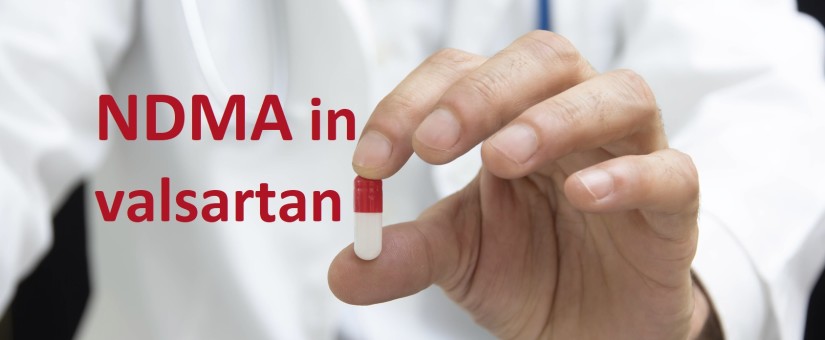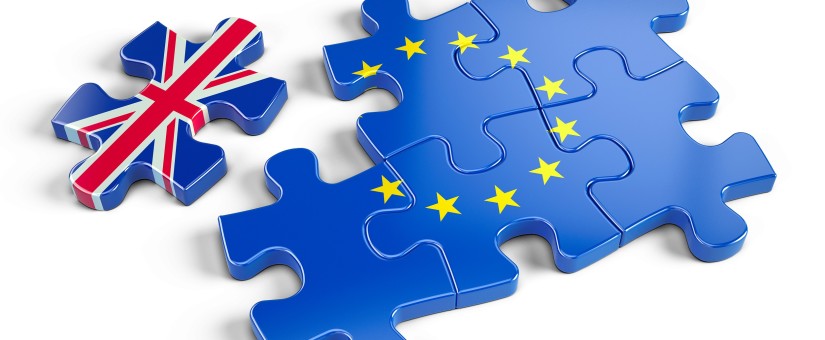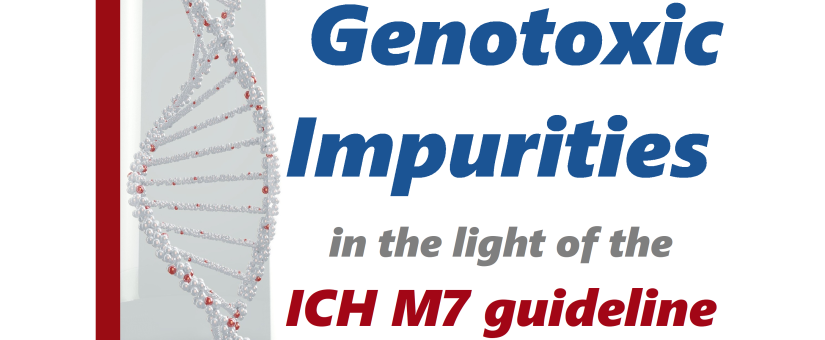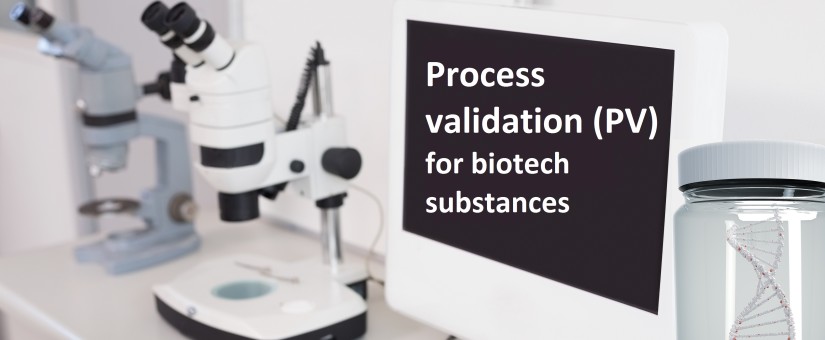
Revision of the EU GMP Guide – Annex 2
- 27 August 2018
- active substance, Annex 2, API, biological, EC, GMP, manufacture, medicinal product, revision,
The revised Annex 2: Manufacture of Biological active substances and Medicinal Products for Human Use of the EU GMP Guide came into operation on 26 June 2018. Annex 2 has been revised as a consequence of the adoption of the Guidelines on Good Manufacturing Practice specific to Advanced Therapy Medicinal Products. The previous version of











